Frame geometry has always been a confusing topic for many beginners. Today, we will introduce some relevant knowledge about frame geometry.
Although a bike frame seems simple, consisting of four main tubes: the seat tube, top tube, down tube, and head tube; and four stays: seat stays, chain stays, and a fork. However, the intricacies of these parts significantly impact the handling and riding experience of a bike.
When comparing the geometries of mountain bikes, road bikes, and gravel bikes, each is designed to excel in different riding conditions and offer unique handling characteristics. Here are the key differences in their geometries:
What is bike geometry?
Bike geometry refers to the various angles and lengths that make up a bicycle frame. These parameters determine the bike’s handling characteristics, comfort, and performance. Key elements of bike geometry include the seat tube, top tube, down tube, head tube, seat stays, chain stays, and fork. The dimensions and angles of these components significantly impact the riding experience and the rider's ability to control the bike.
What does bike geometry do?
Bike geometry determines a bicycle's handling, comfort, and performance by defining the angles and lengths of its frame components. It affects:
Handling and Stability: Influences turning, steering response, and stability.
Riding Position: Dictates the rider's posture for comfort and efficiency.
Power Transfer: Optimizes how efficiently the rider's pedaling power is transferred.
Comfort: Enhances ride comfort, especially over long distances.
Specialization: Tailors the bike for specific uses, like racing or endurance.
The Impact of Frame Size on Geometry
The size of the frame also affects its geometry. The larger the size, the longer the tubes. Since the wheel diameter of road bikes is generally fixed (usually 700C), changes in frame size lead to slight changes in geometry parameters.
Smaller sizes can lead to a shorter wheelbase, causing issues like toe overlap during sharp turns. The solution is to use a smaller head tube angle to increase the wheelbase. Additionally, different manufacturers use various tube sizes and wall thicknesses to ensure consistent stiffness and handling across different frame sizes.
How to measure geometry on a bike?
To accurately measure the geometry of a bicycle, you can measure and analyze it directly after knowing the relevant geometry data or use a tool to query and analyze its geometric parameters.
One such tool is the Bicycle Geometry Comparison Tool on Bike Insights, a valuable resource for cyclists and bike enthusiasts. It offers a comprehensive database of bicycle geometries from various manufacturers and models, allowing users to compare detailed metrics such as stack, reach, head tube angle, seat tube angle, and wheelbase. The interactive comparisons and customizable parameters make it easy to visualize differences and choose the best bike for individual needs. With a user-friendly interface and educational insights, this tool helps users understand how different geometries affect ride quality and performance, making it an essential aid for informed cycling decisions.
You should understand the following
bike frame geometry parameters:

Top Tube Length
Top tube length refers to the distance from the head tube to the top of the seat tube. Before the advent of compact frames, road bikes commonly had horizontal top tubes. With compact frames, the reference for traditional top tube length has diminished, replaced by the effective top tube length. The top tube length affects the riding position; too long can cause excessive reach, while too short can make the riding position cramped.
Seat Tube Length
Seat tube length refers to the distance from the bottom bracket to the seat post. With compact frames, the significance o f seat tube length has reduced, replaced by Reach and Stack parameters. A shorter seat tube length allows for a longer seat post, enhancing shock absorption.
Reach and Stack
These two parameters are crucial in frame selection. Reach is the horizontal distance from the bottom bracket to the top of the head tube, while Stack is the vertical distance. Race bikes typically have a longer Reach and shorter Stack, while endurance bikes have the opposite.
Wheelbase
Wheelbase refers to the distance between the front and rear hubs. A longer wheelbase increases stability, suitable for endurance bikes; a shorter wheelbase enhances responsiveness, suitable for race bikes.
Head Tube Length
Head tube length affects the riding position. A longer head tube is suitable for endurance bikes, providing a more upright and comfortable position; a shorter head tube is suitable for race bikes, offering a lower and more forward position.
Head Tube Angle
Head tube angle affects steering and handling. A larger head tube angle positions the front wheel further from the rider, providing more stable and slower steering. The head tube angle influences trail, with larger trail values leading to more stable steering.
Seat Tube Angle
Seat tube angle affects the riding position and leg power. A steeper angle positions the rider closer to the pedals, allowing for more direct leg power but a less comfortable and more forward-leaning aerodynamic position.
Chainstay Length
Chainstay length affects handling agility and stability. Shorter chainstays enhance agility, which is suitable for race bikes; longer chainstays improve stability, which is suitable for endurance bikes.
Bottom Bracket Drop and Height
These parameters affect riding stability. A larger bottom bracket drop lowers the center of gravity, enhancing strength, but excessive drop can lead to pedal strikes. The bottom bracket height varies with different wheel sizes and tire widths.
Conclusion
Different bike models have different geometry parameters. You can choose the right model based on your needs and riding style. After selecting the size, compare race and endurance models within the same brand to better understand how geometry parameters affect the riding experience.
I hope this article helps you understand frame geometry better. If you have something you'd like to explore, feel free to comment below the article.


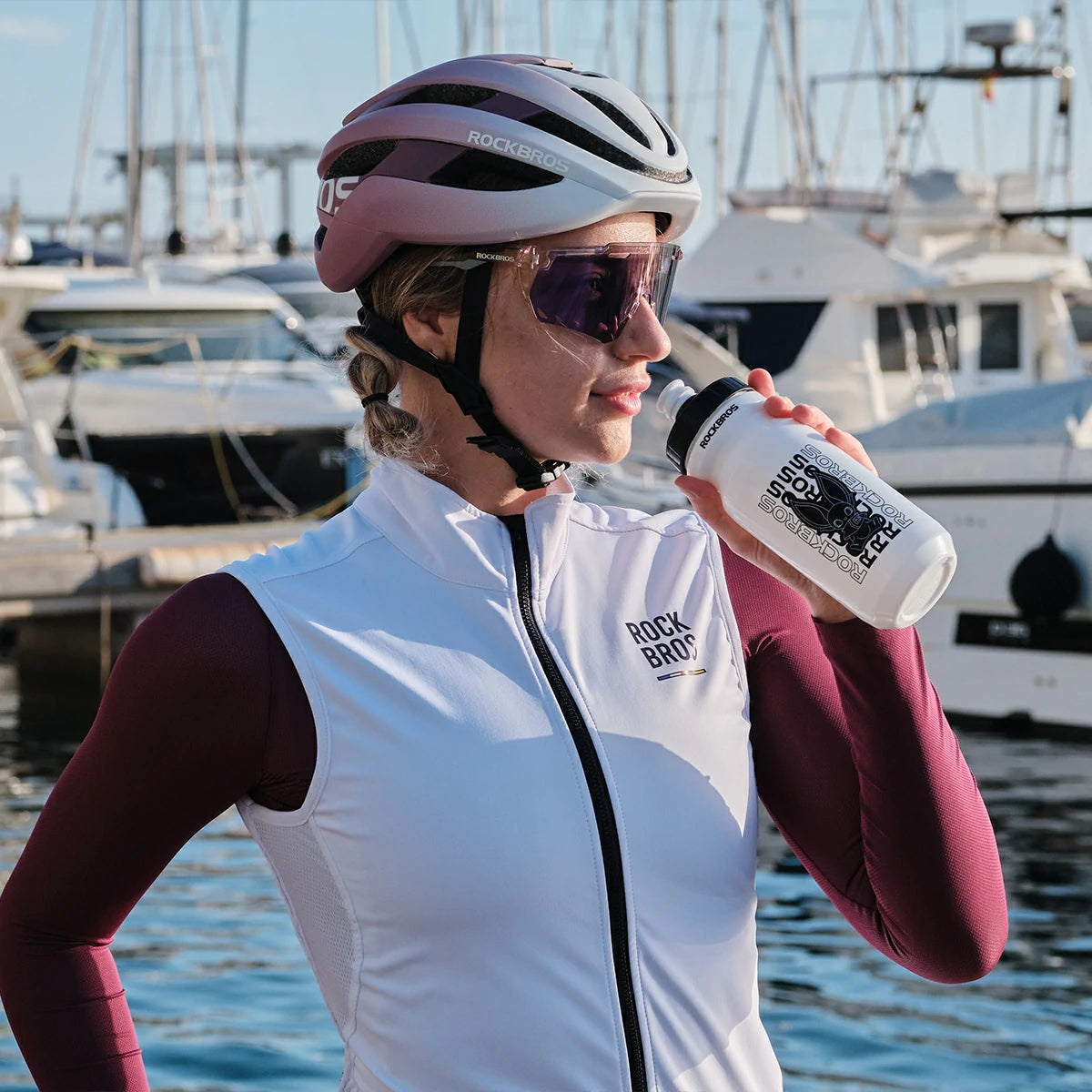
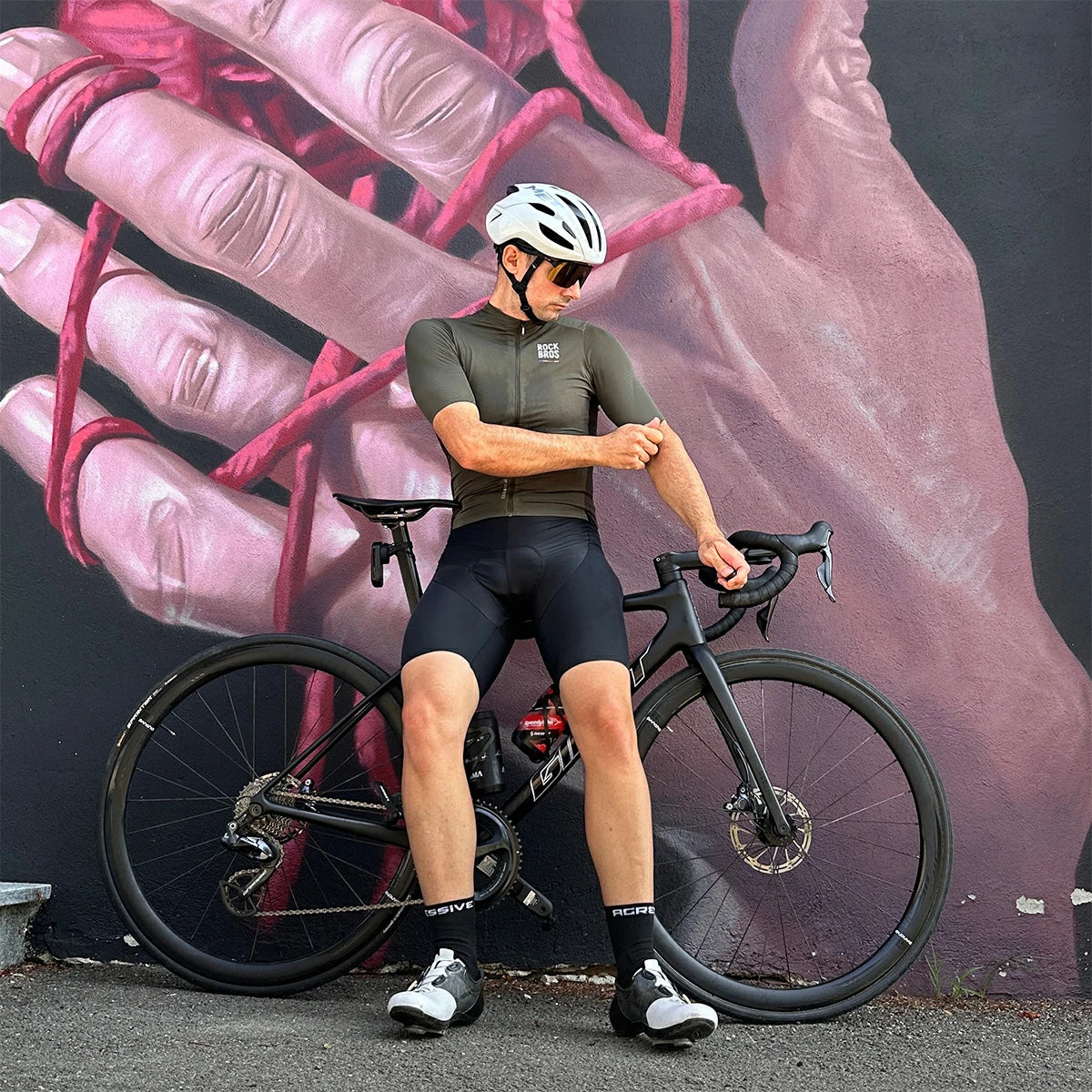
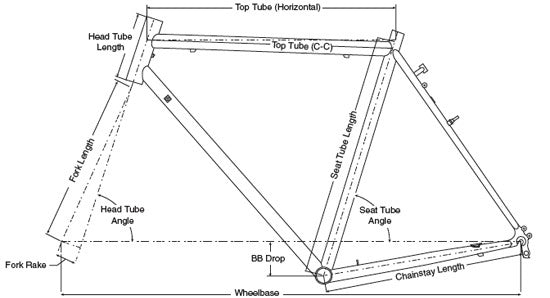
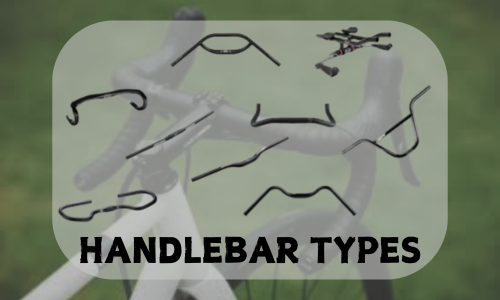
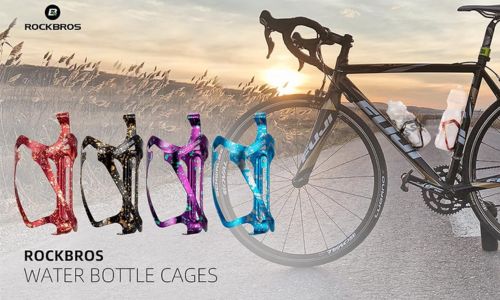
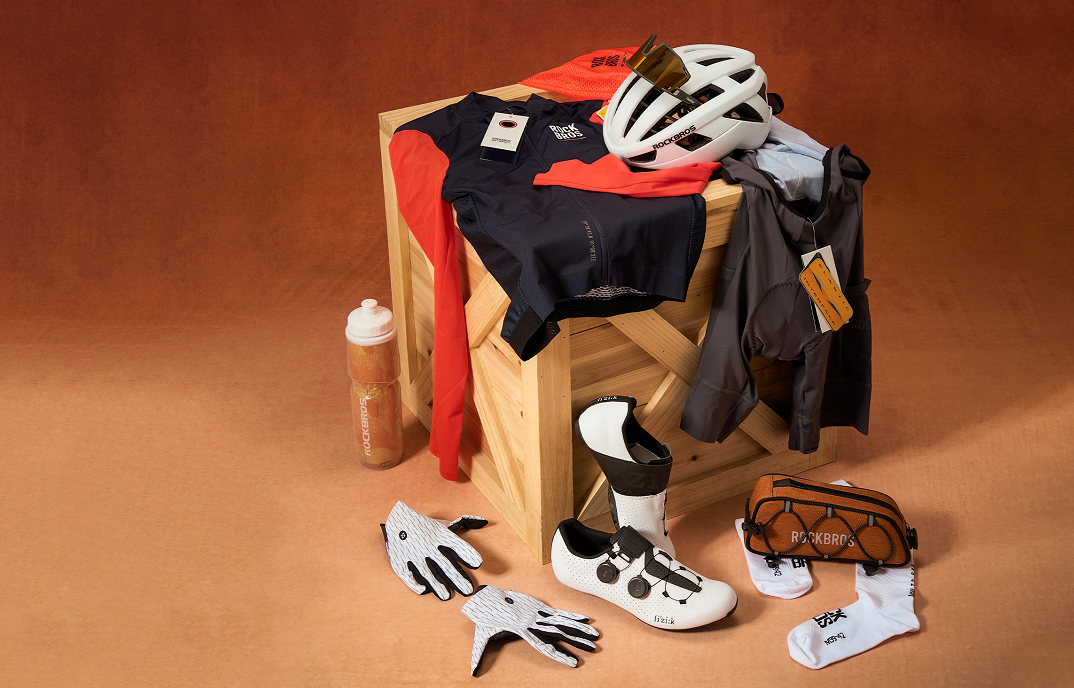
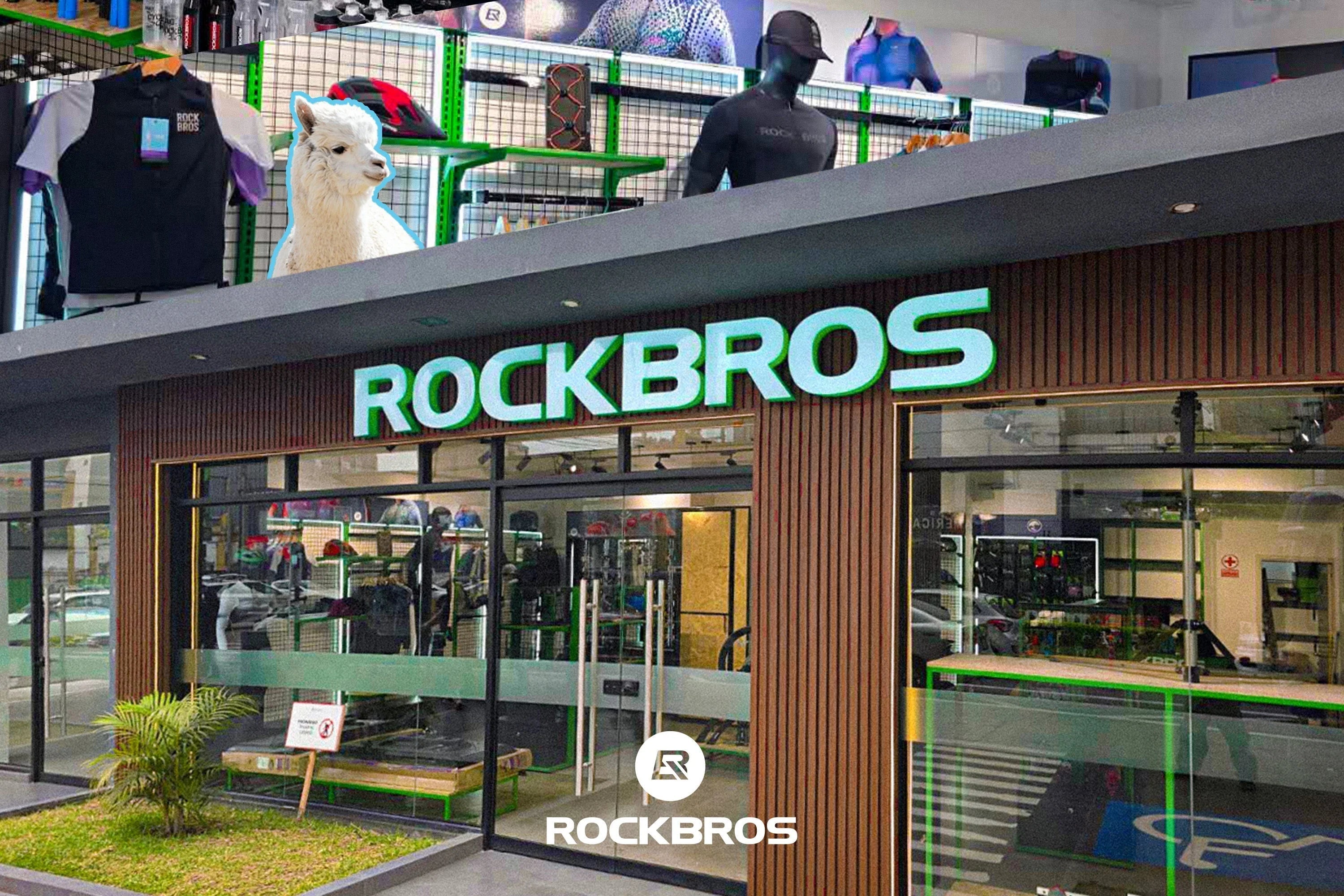

Leave a comment
This site is protected by hCaptcha and the hCaptcha Privacy Policy and Terms of Service apply.